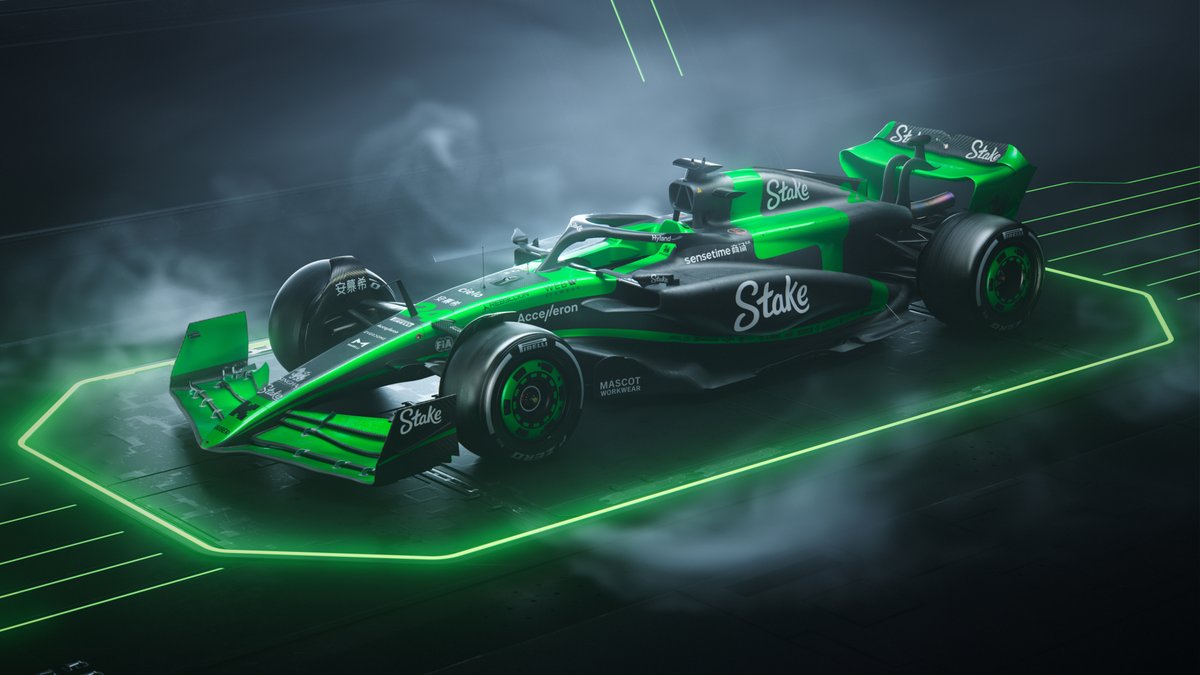Heading the list of changes at the front of the car this year is a notable shift to a pull-rod suspension arrangement, departing from the previous push-rod system.
Red Bull and McLaren adopted this change at the onset of the current regulation cycle two years ago, indicating its adoption isn’t groundbreaking but underscores the perceived advantages associated with this layout despite the significant adjustments required.
The restructuring of the inboard suspension components will lower their weight within the chassis, complicating setup adjustments. However, it’s the anticipated aerodynamic gains that likely influenced the decision to make this transition.

The most significant departure lies in the redesign of the roll hoop and airbox configuration, which sees a complete overhaul compared to the team’s previous eight models.
While six of these cars featured a blade-style rollover hoop with a segmented airbox, the C39 and C41 opted for a triangular roll hoop and a distinct hood arrangement.
The changes in regulations for 2024, driven by ongoing safety enhancements by the FIA, played a role in this transformation. These adjustments were prompted by incidents like Zhou Guanyu’s rollover at the 2022 British Grand Prix, highlighting the imperative for improved safety measures.
Building upon its switch to a downwash ramp-style sidepod solution in 2023, Sauber has further refined its design for the current season. Notably, the team has introduced an elongated lip for the lower leading edge of the sidepod bodywork inlet, derived from developments seen on the RB18.
This modification alters the profile of the undercut, offering additional space beneath the inlet for airflow optimization and promising avenues for further development.
The team has also focused on extending the shoulder of the sidepod, creating a subtle gully to guide airflow toward the rear of the car and into the Coke bottle region.
The engine cover bodywork remains akin to that of the previous season, featuring a shelf-like shoulder to manage airflow and a downwardly angled rear cooling outlet.
Notable changes in the edge wing include a swept profile with three strakes, a departure from the previous season’s specification.
While the C44 retains a similar nose and front wing arrangement to its 2023 development, renders reveal a new detail in the form of a crooked winglet protruding from the lower rear quarter of the endplate, reminiscent of designs by other teams from the previous season.
These winglets, permissible within regulatory constraints, are expected to enhance outwash generation in collaboration with other surfaces in the endplate and wing junction.
The rear wing design remains largely unchanged from the previous season, with a notable re-inclusion of the endplate swage line introduced at the Qatar Grand Prix.

